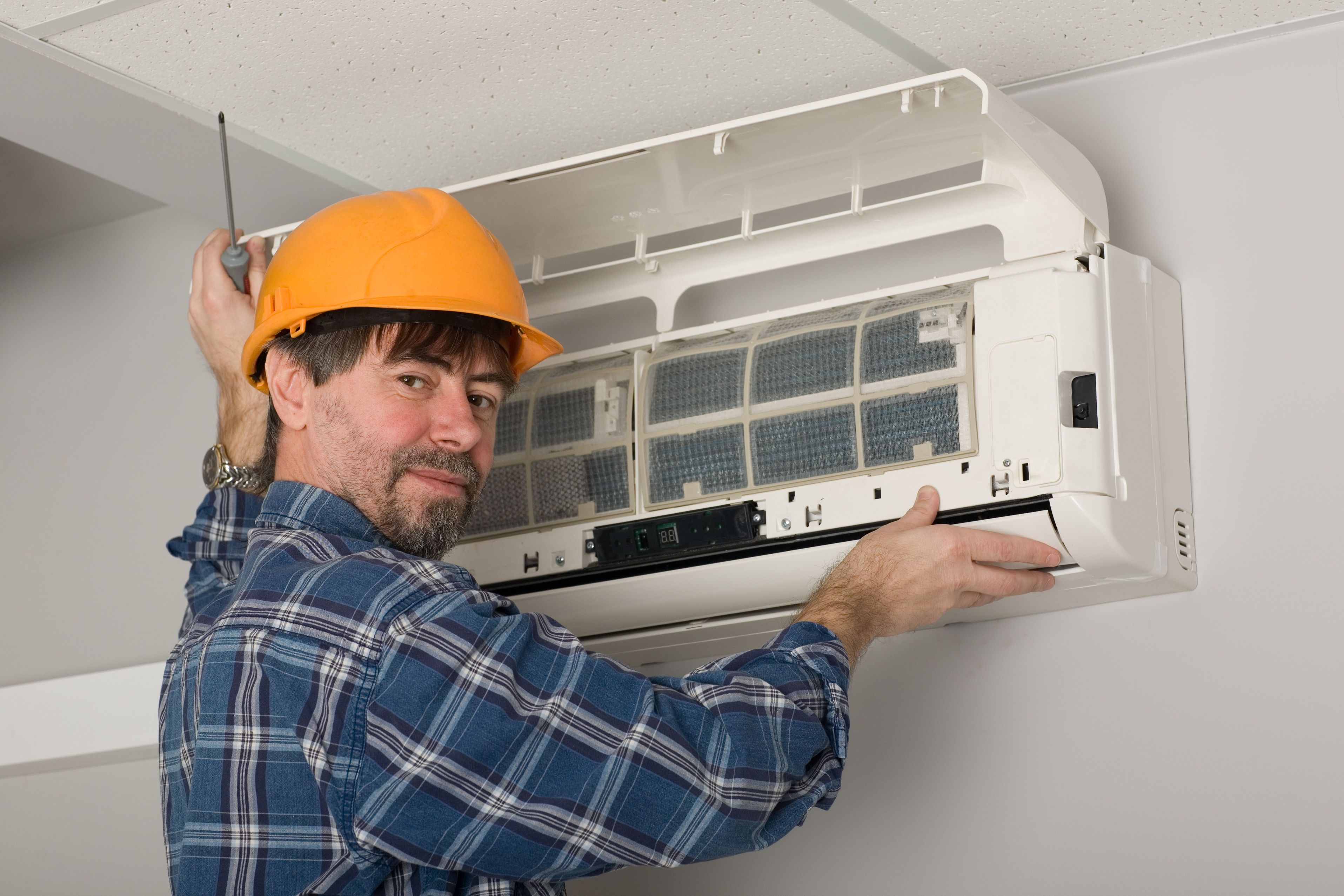When it becomes cold outside, you want to make sure it remains warm inside. A properly functioning home heating system ensures just that. While heating systems have become more complex over the years, they still essentially consist of a source of heat and various components responsible for spreading the heat throughout the home. While many options exist, essentially, you can divided the systems into four basic types.
Types of Heating Systems
Heating systems may vary according to fuel type, model, size and, of course, cost. Yet, in many homes, you will find them falling into one of three categories:
- Traditional: A traditional system consists of a furnace with heating ducts and devices for releasing heat into a room. The fuel may vary, the most common being oil or natural gas. This method is a “forced air” system. It pushes heated air from the furnace through the ducts to the exit points.
- Hydronic (Boiler) Systems: After forced air, this is the most popular older heating system for many residences. It uses the hot water of a boiler to heat the home. In older homes, hot water circulates through pipes into baseboard radiators. More recently, the hot water circulates beneath the floor enclosed by pipes producing a radiant heat system.
- Radiant Baseboard Heaters: Some people prefer to heat their homes with electricity. For them, radiant baseboard heaters are the only way to go. You will usually find them positioned beneath the windows of a room. The units can run off a central thermostat or, more frequently, have stand-alone controls allowing temperature control for each room
Home Heating
If you are in the midst of replacing your furnace, make sure you know what is best for your situation. If updating, make certain it is in peak operating condition Contact the experts and discuss with them a suitable home heating system to avoid that cold, shivering feeling winter brings to those unprepared.


